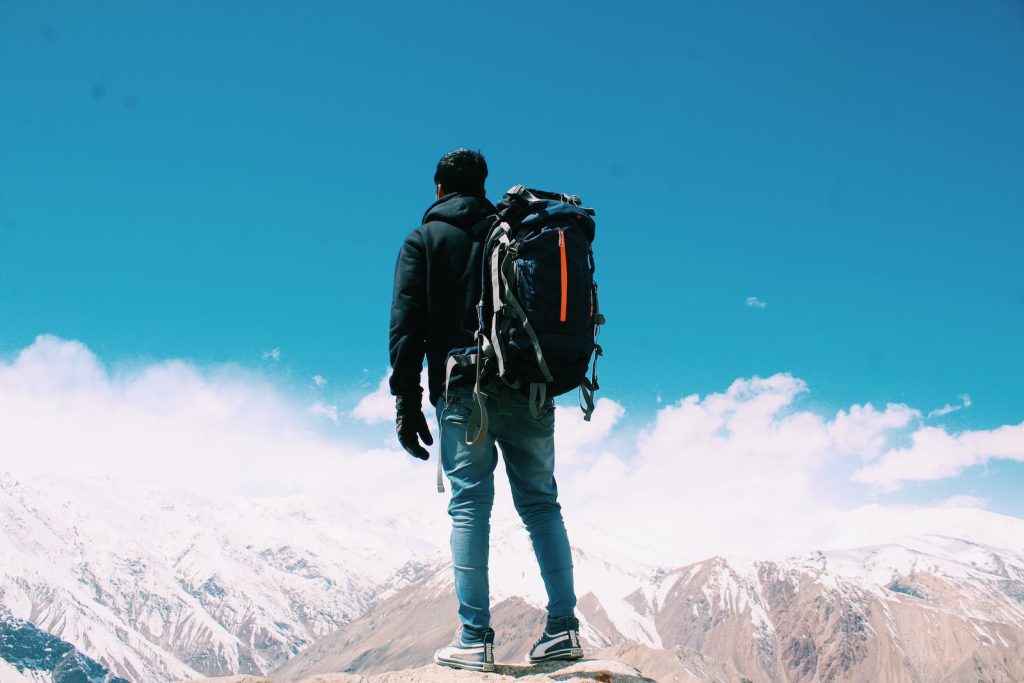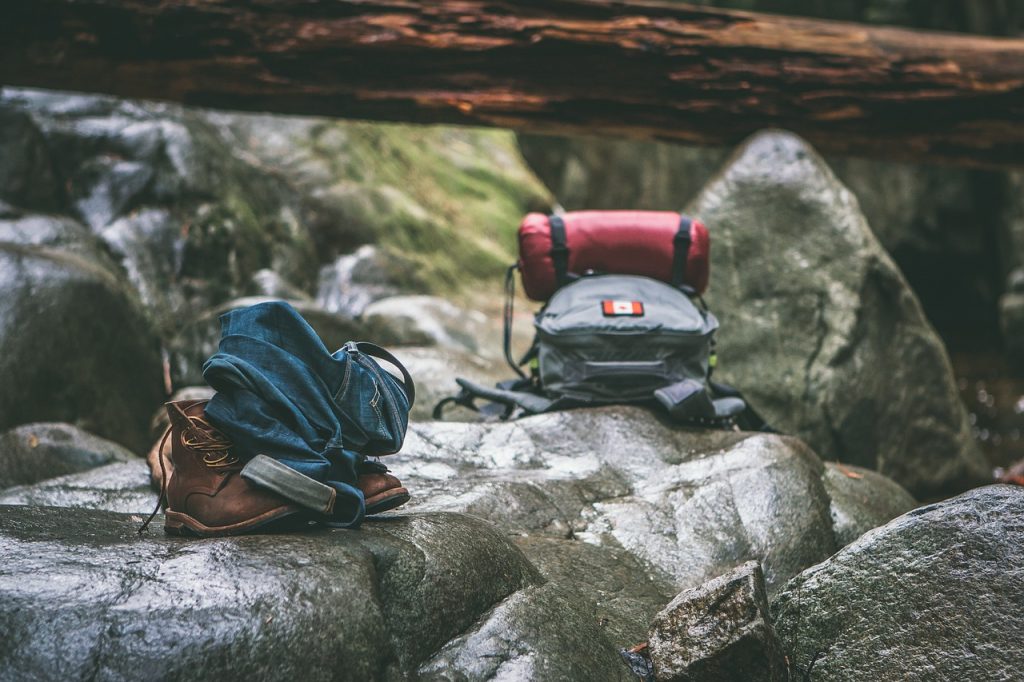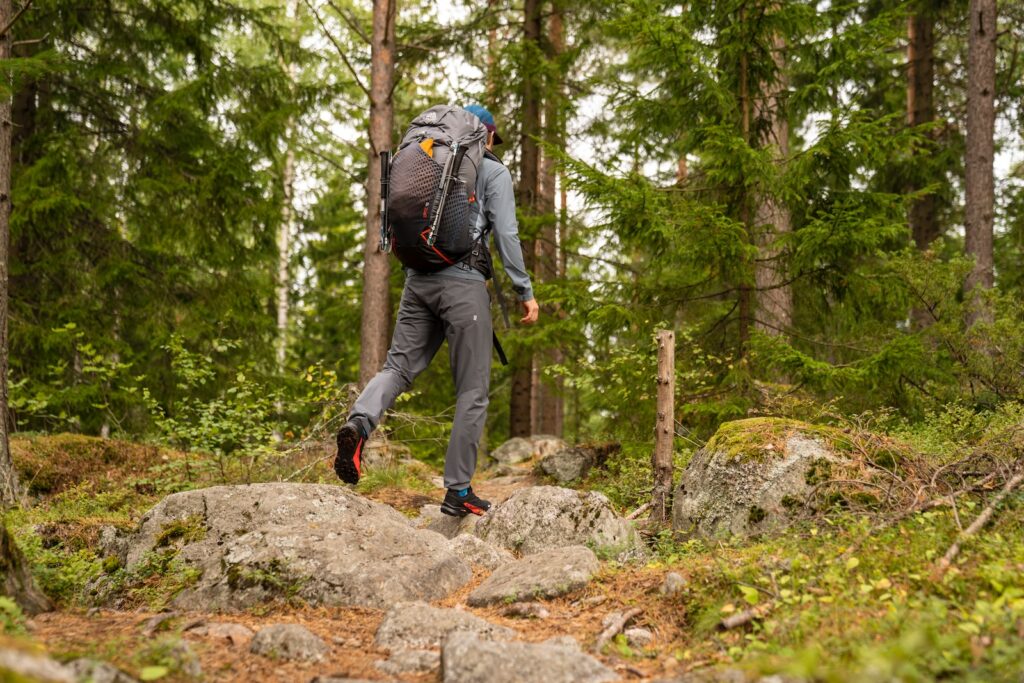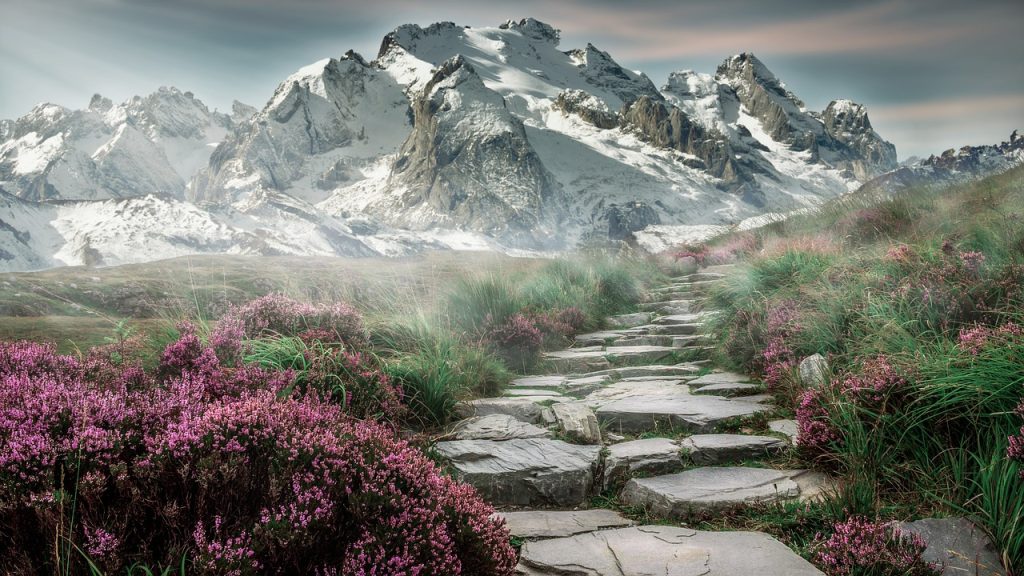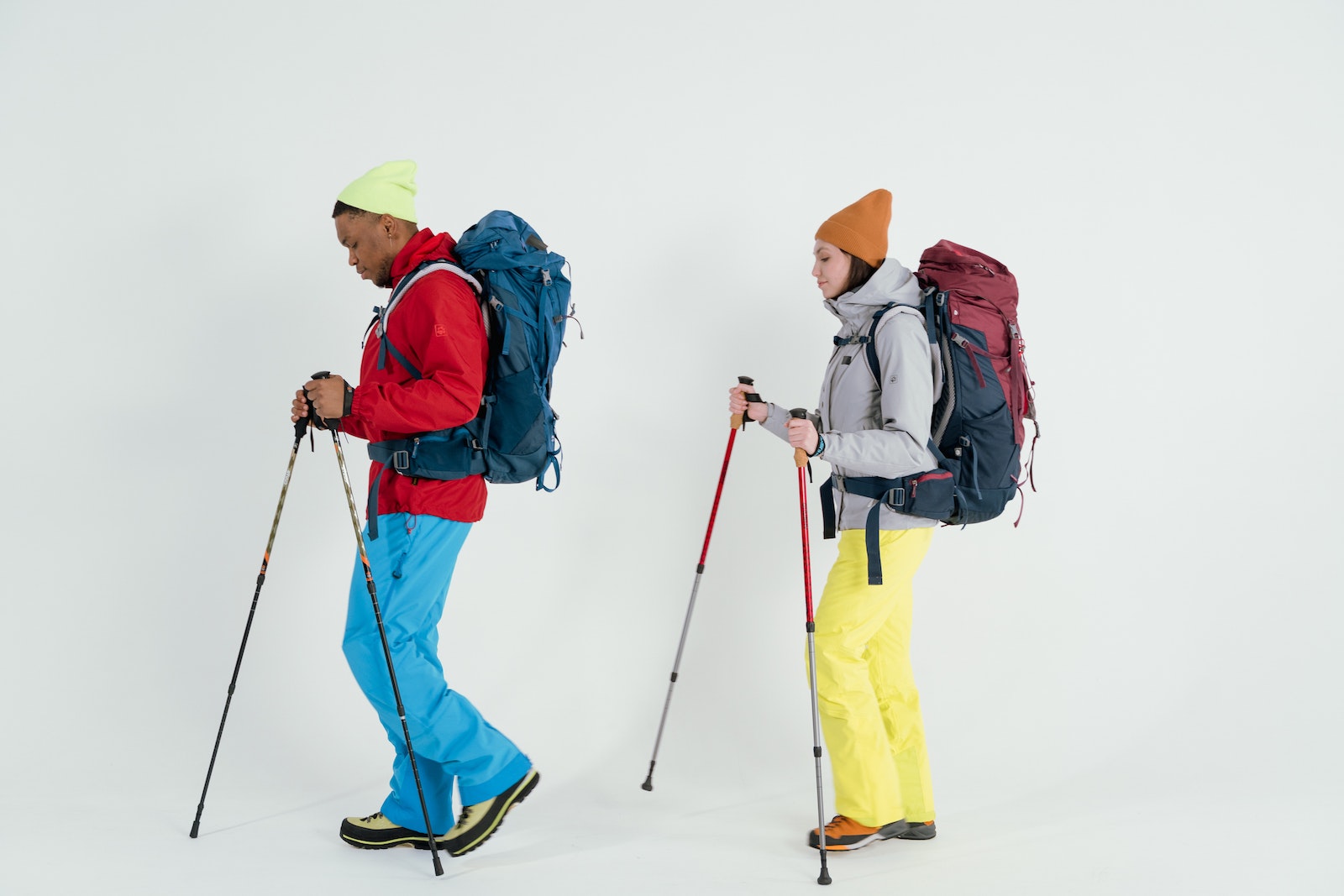

Hiking with Poles: Techniques and Benefits for Stability and Efficiency
Are you a hiking enthusiast who is always seeking new ways to enhance your outdoor adventures? Look no further! In today’s blog post, we will delve into the world of hiking with poles and explore the techniques and benefits they offer for both stability and efficiency. Whether you’re a seasoned hiker or just starting out on your trekking journey, this guide will equip you with invaluable insights to level up your hiking game.
Get ready to discover how these simple yet effective tools can revolutionize the way you navigate trails, conquer steep terrains, and ultimately make every hike an exhilarating experience.
- Introduction to hiking with poles
- Benefits of using trekking poles for hikers
- How to use trekking poles effectively
- Types of trekking poles available
- What features should you look for in a trekking pole?
- Techniques for using trekking poles while hiking
- Examples of popular routes suitable for trekkig poles
- Tips and safety precautions when using trekking poles
Introduction to hiking with poles
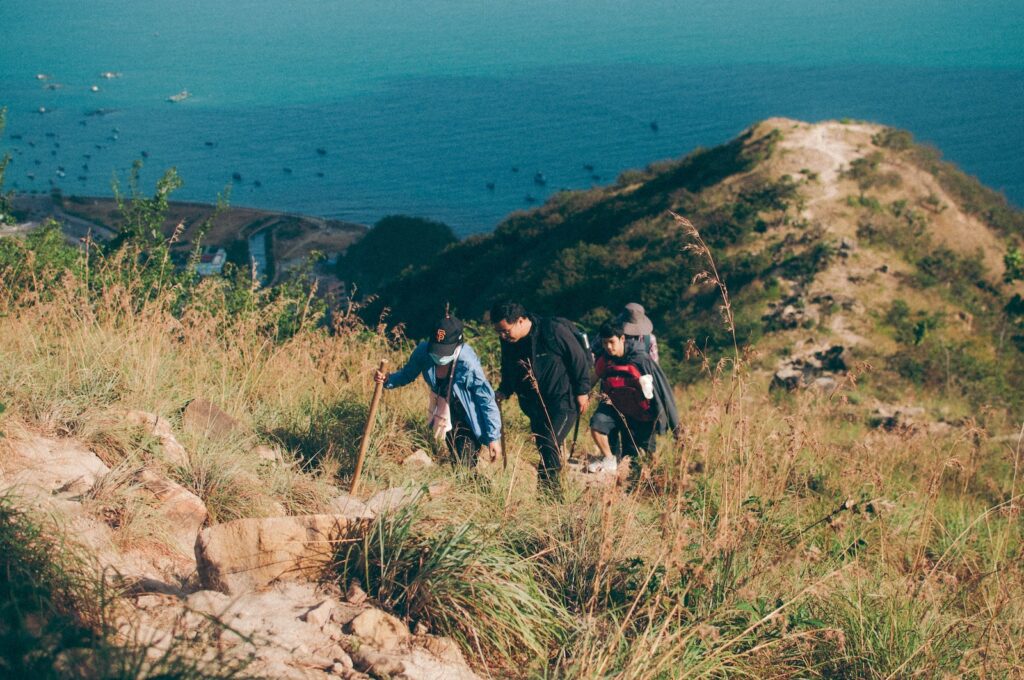
Assuming you have never hiked with poles before, this section will serve as an introduction to the topic. Hiking with poles can provide many benefits, such as increased stability and efficiency. However, there are also some techniques that need to be learned in order to properly use them.
The first thing to know is that there are different types of hiking poles. Some are made specifically for uphill hiking, while others are better suited for downhill hiking. It’s important to choose the right type of pole for the terrain you’ll be hiking on.
Next, you need to learn how to hold the poles properly. The most common way is to grip the handle with your palm and hold it close to your body. However, there are other ways to grip the poles depending on what type of terrain you’ll be hiking on.
You need to learn how to use the poles correctly. This means understanding when to plant them and how much weight you should put on them. Poles can help with balance and stability, but they can also cause injuries if used incorrectly.
Benefits of using trekking poles for hikers
There are many benefits to using trekking poles while hiking, including improved stability and efficiency. Poles can help you maintain balance on uneven terrain, and they can also help you push yourself up steep hills. In addition, using trekking poles can help reduce the impact on your joints, which is especially beneficial for hikers who have arthritis or other joint issues. Trekking poles can also be used to help clear obstructions in your path, such as fallen branches or rocks.
How to use trekking poles effectively
If you’ve never used trekking poles before, it can be tricky to know how to use them effectively.
Here are some tips:
-When you plant the poles, make sure the baskets are facing downwards into the ground. This will give you more traction.
-Keep your elbows close to your body and experiment with different grip positions until you find one that feels comfortable.
-Try to keep a gentle rhythmic movement going as you walk, letting the poles do some of the work for you.
- Pay attention to your posture and try to keep your shoulders relaxed – this will help prevent fatigue.
With a little practice, you’ll be using those trekking poles like a pro in no time!
Types of trekking poles available
There are many different types of trekking poles available on the market. Some are better suited for certain types of terrain or activities than others.
Here is a breakdown of some of the most popular types of trekking poles:
1] Traditional Trekking Poles: These are the most basic type of trekking pole and can be used for a variety of different purposes. They usually have a simple design with two parts that screw together, and they often have an adjustable height.
2] Carbon Fiber Trekking Poles: These poles are made from carbon fiber, which makes them very lightweight and strong. They are often used by serious hikers and mountaineers who need the lightest possible gear.
3] Folding Trekking Poles: These poles are designed to be compact and easy to carry when not in use. They usually have three or more sections that fold up, and they often come with carrying cases.
4] Telescoping Trekking Poles: These poles have an extendable shaft that allows them to be adjusted to the perfect length for each individual user. They are great for people who want maximum adjustability from their trekking poles.
What features should you look for in a trekking pole?
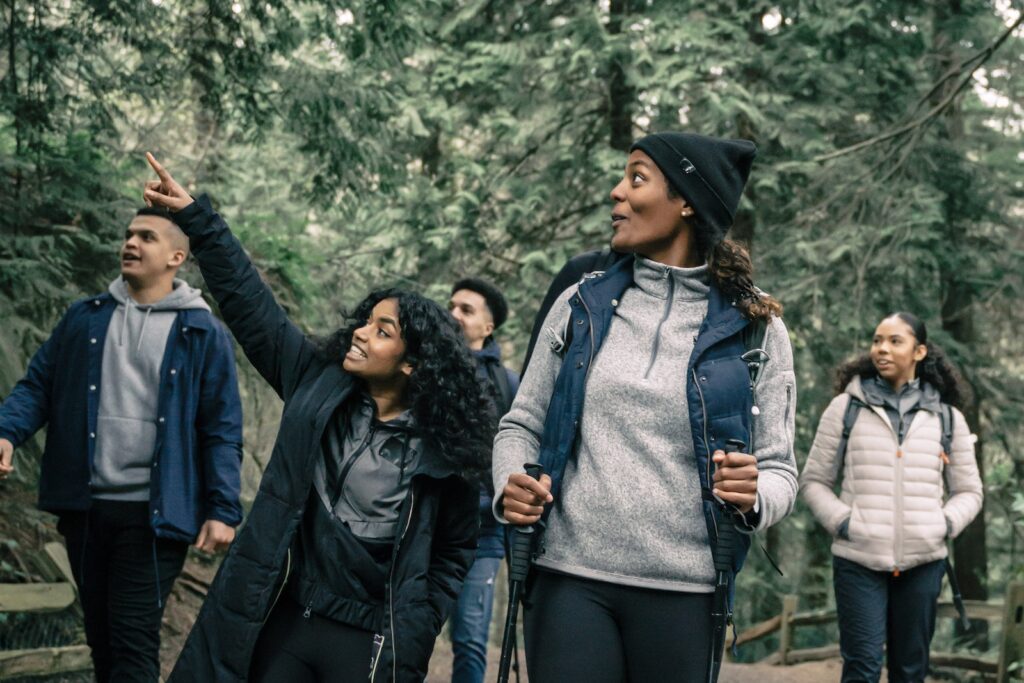
When choosing a trekking pole, look for one that is made of durable materials such as aluminum or carbon fiber. The poles should be adjustable to fit your height, and have cushioned grips and straps for comfort. Look for poles with built-in shock absorption to reduce impact on your joints, and choose poles with carbide tips for added traction on slippery or rocky terrain.
Techniques for using trekking poles while hiking
There are a number of different techniques that can be used when hiking with trekking poles. The most common and basic technique is to hold the poles in each hand with the arms extended and slightly bent at the elbows. The hands should be positioned so that the palms are facing each other, and the poles should be close to the body. This technique provides stability and helps to distribute weight evenly.
Another common technique is to grip the pole in one hand and use it to provide additional support when going uphill or downhill. This can help to reduce fatigue and increase hiking speed.
Trekking poles can also be used for balance when crossing streams or other obstacles. By placing one pole on either side of the obstacle, hikers can maintain their balance while crossing safely.
Trekking poles can be used as makeshift tent poles in a pinch. If your tent happens to break or you forget your poles at home, two trekking poles can be placed in a cross formation to prop up your tent until you can get back on track.
Examples of popular routes suitable for trekkig poles
Trekking poles are most commonly used on long-distance hikes, like the Appalachian Trail or the Pacific Crest Trail. But they can be helpful on shorter hikes, too.
Here are some popular routes that are well suited for hiking with poles:
The John Muir Trail in California is one of the most scenic and popular trails in the country. It runs 205 miles from Mount Whitney to Yosemite National Park. The trail is mostly downhill, so trekking poles can help take some of the strain off your legs.
The Great Smoky Mountains National Park is another great destination for trekking pole users. The park has over 800 miles of trails to explore. And with an elevation gain of over 5,000 feet, trekking poles can help make your hike a little easier.
If you’re looking for a shorter hike, the Kalalau Trail in Hawaii is a great option. This 11-mile trail runs along the Na Pali Coast and offers stunning views of the ocean. Trekking poles can help you keep your balance on this rocky and uneven trail.
Tips and safety precautions when using trekking poles
If you’re new to hiking with poles, there are a few things you should know in order to stay safe and get the most out of your trekking poles.
Here are some tips and safety precautions to keep in mind when using trekking poles:
- Make sure that your trekking poles are the correct size for your height. If they’re too short or too tall, it will be difficult to use them effectively.
- Use the straps that come with your trekking poles, or invest in some aftermarket ones, to ensure that your hands don’t slip off the handles while you’re hiking.
- Be mindful of where you’re placing your trekking poles while hiking. Avoid putting them in areas where they could get tangled up, such as underbrush or near tree roots.
- When descending steep terrain, use your trekking poles for added stability and control. Place them diagonally across your body so that they form a “X” shape. This will give you more braking power on slippery surfaces.
Conclusion
After reviewing the techniques and benefits of hiking with poles, it’s easy to see that they are an incredibly useful tool for hikers looking to gain stability and efficiency while exploring nature. Not only can using poles help prevent injuries from falls or fatigue from carrying a heavy load, but it also increases your speed and helps reduce stress on your body overall. If you plan on taking a hike soon, be sure to grab yourself a pair of trekking poles so you can reap the full benefits that come with them!
